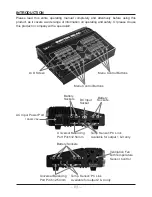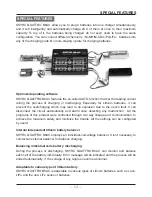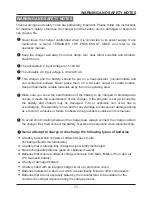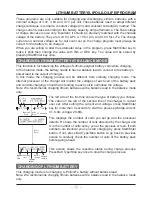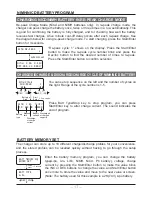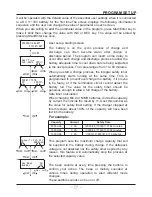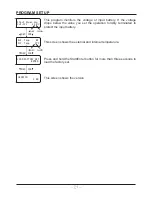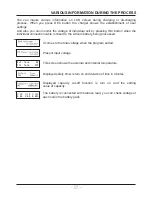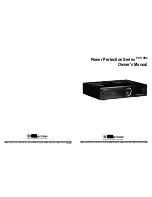
WARNING
AND
SAFETY
NOTES
Discharging
The main purpose of discharging is to clean the residual capacity of the battery, or to
reduce the battery' voltage to a defined level. The same attention should be paid to the
discharging process as the charging process. The final discharge voltage should be set up
correctly to avoid deep discharging. Lithium batteries cannot be discharged to lower than
the minimum voltage, or it will cause a rapid loss of capacity or a total failure. Generally,
Lithium batteries don't need to be discharged. Please pay attention to the minimum voltage
of Lithium batteries to protect them.
Some rechargeable batteries have a memory effect. If they are partly used and recharged
before the whole charge is accomplished, they remember this and will only use that part of
their capacity next time. This is a 'memory effect' It is said that NiCd and NiMH batteries
are suffering from memory effect. NiCd has more ‘memory effect’ than NiMH.
Lithium batteries are recommended to be discharged partially rather than fully. Frequent
full discharging should be avoided if possible. Instead, charge the battery more often or
use a battery of larger capacity. Full capacity cannot be reached until it has been subjected
to 10 or more charge cycles. The cyclic process of charge and discharge will optimize the
capacity of battery pack.




